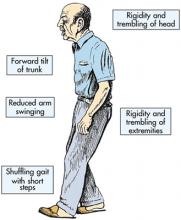
This year marks the 50th anniversary of the publication of Rachel Carson's Silent Spring, the book responsible for the onset of the environmental movement, which led to the banning of the pesticide DDT a decade later. What many people don't realise is that in 2012 we are exposed to more toxic chemicals than ever before, in spite of legislation enacted to control it. In the US, chemicals like PCBs, solvents and adhesives are regulated under the Toxic Substances Control Act (TSCA) of 1976. But rather than "control" which chemicals are released into the air we breathe, the water we drink and the food we eat, TSCA really just follows them after the fact. When TSCA was enacted, more than 60,000 untested chemicals were present in our environment, and an estimated 8,000-12,000 chemicals continue to be introduced annually, with no requirement that human toxicity or exposure data be provided before the chemical is used. Essentially, we the consumers and citizens are the experimental animals on which these chemicals are tested.










